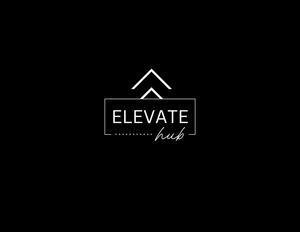If you’ve ever applied to 25 jobs in one evening and heard nothing back, you’re not alone. It's easy to fall into the trap of the "scattergun" method of job searching – firing out as many applications as possible and hoping something sticks. Especially when you’re stressed, desperate, or unsure of your next move, volume can feel like progress. But here’s the hard truth, when it comes to job hunting, quantity rarely beats quality.
The scattergun method is exactly what it sounds like. Instead of being targeted and deliberate, you apply to anything and everything remotely related to your experience or salary expectations. The same CV goes out to every recruiter, cover letters (if they’re even included) are vague, and roles are applied to without much research or alignment with your goals.
The problem? Recruiters and hiring managers can spot it instantly. And in HR – where you’re expected to model best practice, demonstrate clear communication, and align to culture – it can quickly discredit your application.
Why the Scattergun Method Fails
First, it wastes your energy. Applying for jobs is emotionally and mentally exhausting. I know, I've been there. When you’re churning out application after application, it’s easy to burn out. You start to lose track of which jobs you applied for and when. Rejection becomes the norm, and self-doubt creeps in.
Second, it lowers your chances. Hiring teams are looking for fit – not just in terms of experience, but attitude and interest. A generic CV that doesn’t reflect the job description or align with company values isn’t going to stand out. Worse, it can suggest you’re not serious about the role or didn’t care enough to tailor your approach.
And finally, it removes your sense of control. When you’re firing applications into the void, you’re left waiting and hoping, rather than owning your narrative and leading your search with intention.
What to Do Instead
The alternative? A focused, strategic approach.
Start by defining your target. Be clear on the types of roles you actually want – not just what you could do. Think about industry, team size, flexibility, salary etc. This might feel like you're narrowing your options, but it actually helps you channel your energy into places where you have a stronger chance of landing something meaningful.
Then, tailor each application. Yes, it takes longer. But aligning your CV and cover letter with the job spec, highlighting relevant achievements, and demonstrating why you want that specific role will always set you apart. Recruiters can feel the difference between a copy-and-paste and an application that was written with care.
Keep track of your progress. A simple spreadsheet to log the jobs you apply for, dates, follow-ups, and outcomes can help you learn and improve your approach over time. It also keeps you grounded and gives you a sense of momentum, even if offers aren’t coming in straight away.
And don’t forget about your personal brand. If you’re on LinkedIn, use it. Update your profile, post about your expertise, comment on relevant conversations, and build visibility in your industry. You never know who’s watching – and often, opportunities come when you least expect them.
Job hunting is hard. It’s draining, emotional, and full of uncertainty. But the answer isn’t more applications – it’s better ones. Fewer, stronger, more targeted applications will always win out over mass submissions.
So if you’re currently using the scattergun method, take a breath. Refocus. And trust that the right role is out there – but only if you give it the attention it deserves.

